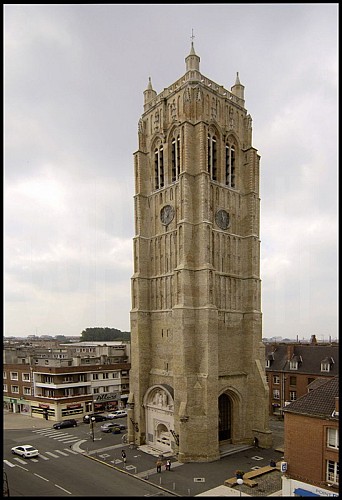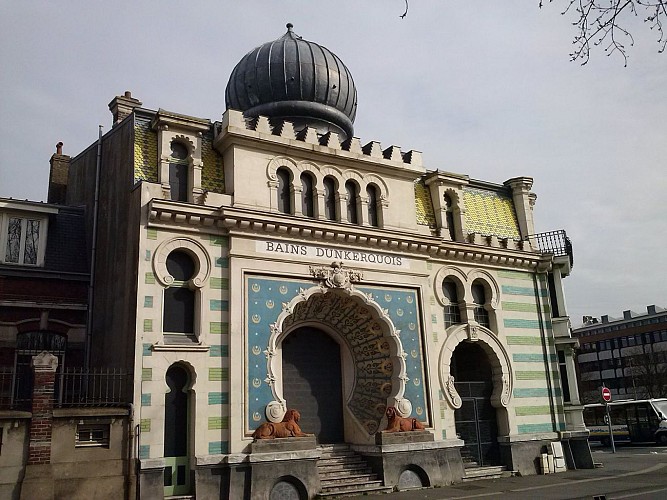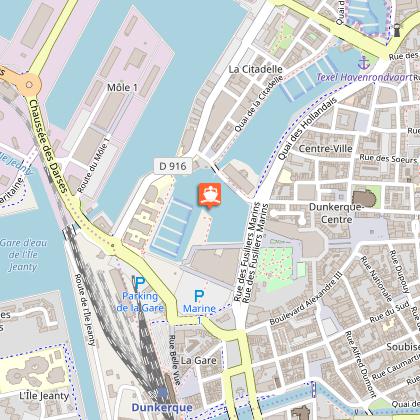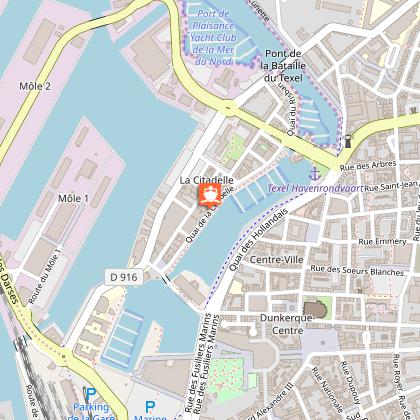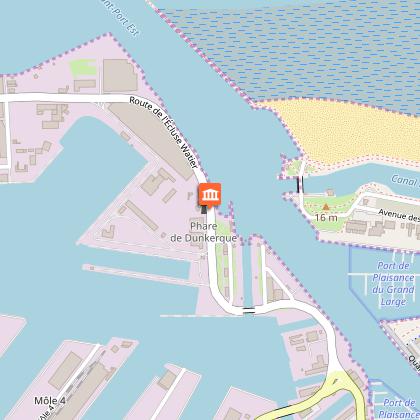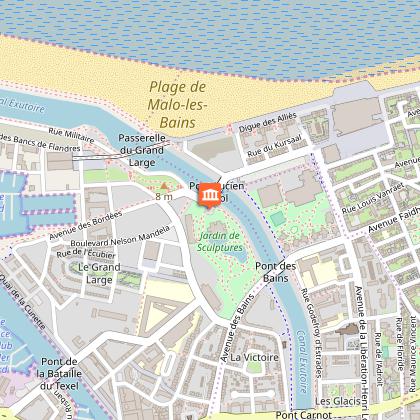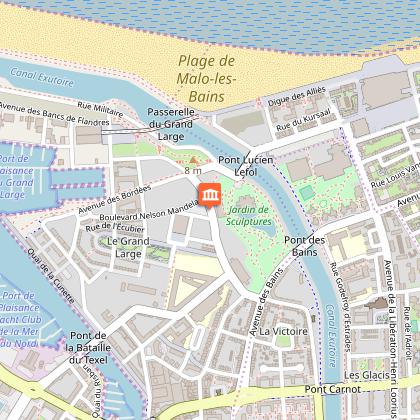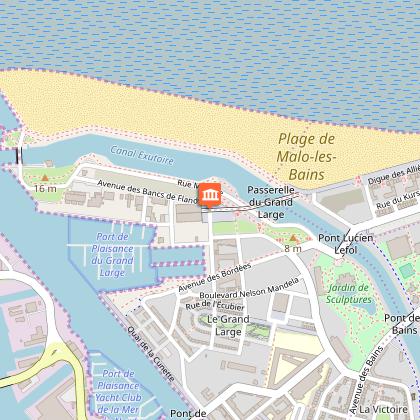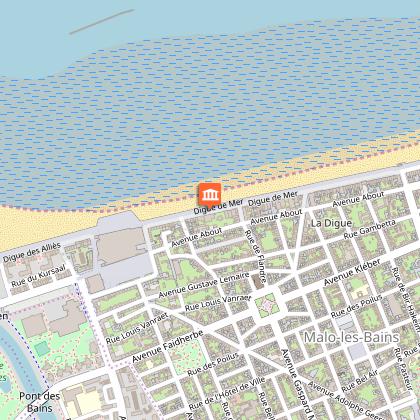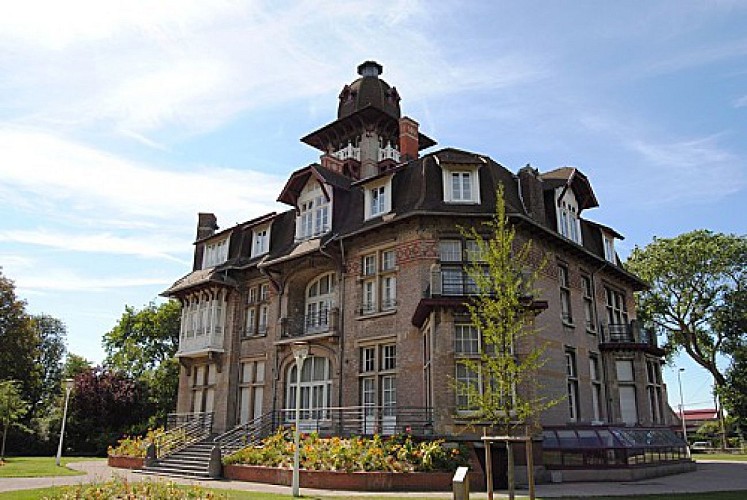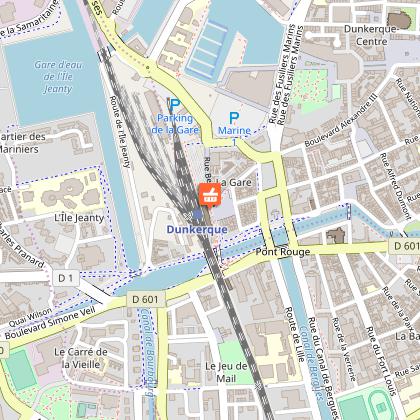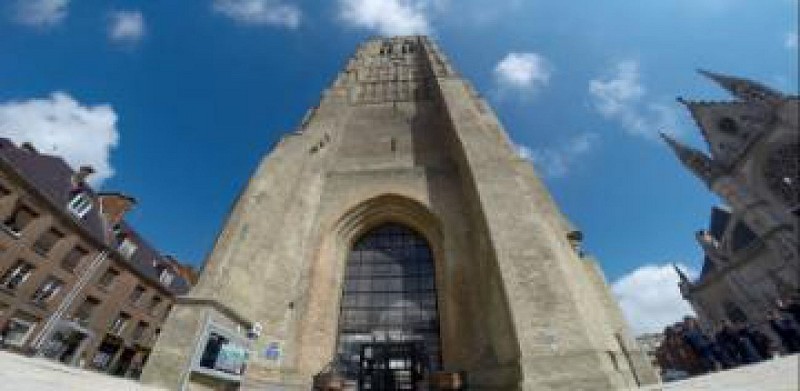Alerta
Alertas
Dunkerque en bicicleta
El resumen de Cirkwi
Embárcate en un viaje excepcional por las calles de Dunkerque, diseñado por Xavier Lesaege, y experimenta la ciudad desde una perspectiva diferente. Sumérgete en una vibrante mezcla de historia, arquitectura y belleza escénica mientras pedaleas por esta joya del norte. La ruta, que comienza en el corazón de Dunkerque, lleva a los aventureros al puerto histórico de la ciudad y a la serena playa de Malo les Bains, atravesando el encantador Valle de las Rosas. En medio de los ecos del tiempo, contempla el esplendor arquitectónico y el espíritu imaginativo que ha evolucionado a lo largo de los siglos, prometiendo un itinerario ciclista lleno de asombro y maravillas.
Detalles de la ruta
El camino ciclista se extiende aproximadamente 15,9 km, con una altitud que varía entre -2 y 9 metros sobre el nivel del mar, culminando en un suave cambio de elevación de casi 1 metro. Esta ruta incorpora una mezcla de paisajes urbanos y costeros, requiriendo un nivel de condición física moderado. Analizando los detalles, el recorrido brinda la oportunidad de explorar Dunkerque sin esfuerzo, adaptándose eficientemente tanto a la elevación como a la distancia. Diseñado con precisión, encapsula un viaje sin problemas a través de la diversa topografía de la ciudad.
Consejos estacionales para los viajeros
Recorrer la espléndida ruta ciclista de Dunkerque varía según las estaciones. La primavera y el otoño son idílicos por sus temperaturas suaves y menos afluencia de personas, lo que realza el disfrute de las vistas arquitectónicas y escénicas. En verano, la brisa costera ofrece un respiro refrescante, aunque es recomendable comenzar temprano para evitar el calor del mediodía. Los paseos invernales son frescos; tener ropa cálida en capas y prendas a prueba de viento es imprescindible. Siempre verifica tu bicicleta, especialmente los frenos y neumáticos, antes de partir para asegurarte un viaje seguro, sin importar la estación.
Una visión de la rica herencia de Dunkerque
Dunkerque, ubicada en el extremo norte de Francia, es un testimonio de resiliencia y magnificencia arquitectónica. Con orígenes que se remontan al siglo X, su posición estratégica en la costa ha moldeado profundamente su historia, influyendo en su papel en el comercio, defensa militar e intercambios culturales. La ciudad y la región circundante han resistido períodos de prosperidad y conflictos, cada capa añadiendo a su singular tapiz cultural. La historia de Dunkerque es una mezcla vibrante de opulencia histórica, estragos de guerra y renacimiento urbano creativo, lo que la convierte en un tema fascinante tanto para entusiastas como para visitantes casuales.
Comprendiendo los patrones climáticos de Dunkerque
El clima de Dunkerque es predominantemente oceánico, caracterizado por temperaturas suaves y precipitaciones moderadas durante todo el año. El mejor momento para visitar, especialmente para el ciclismo, es entre mayo y septiembre, cuando el clima es generalmente cálido y las precipitaciones son menores. El viento es una constante en esta región, añadiendo un elemento vigorizante a tu paseo. Sin embargo, es crucial prepararse para condiciones variables; un comienzo soleado puede convertirse rápidamente en una tarde lluviosa. Los meses de invierno son más fríos y húmedos, pero aún ofrecen encantos únicos para el ciclista resiliente.
IGN tarjetas





Informaciónes técnicas
Perfil altimétrico
Punto de partida
Puntos de interés
Autor de los datos

